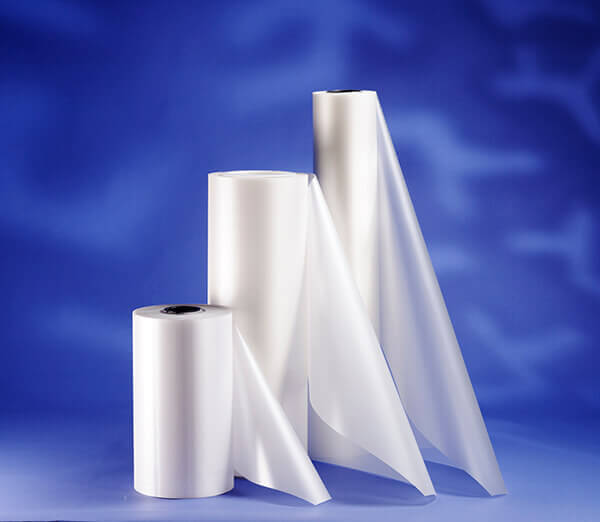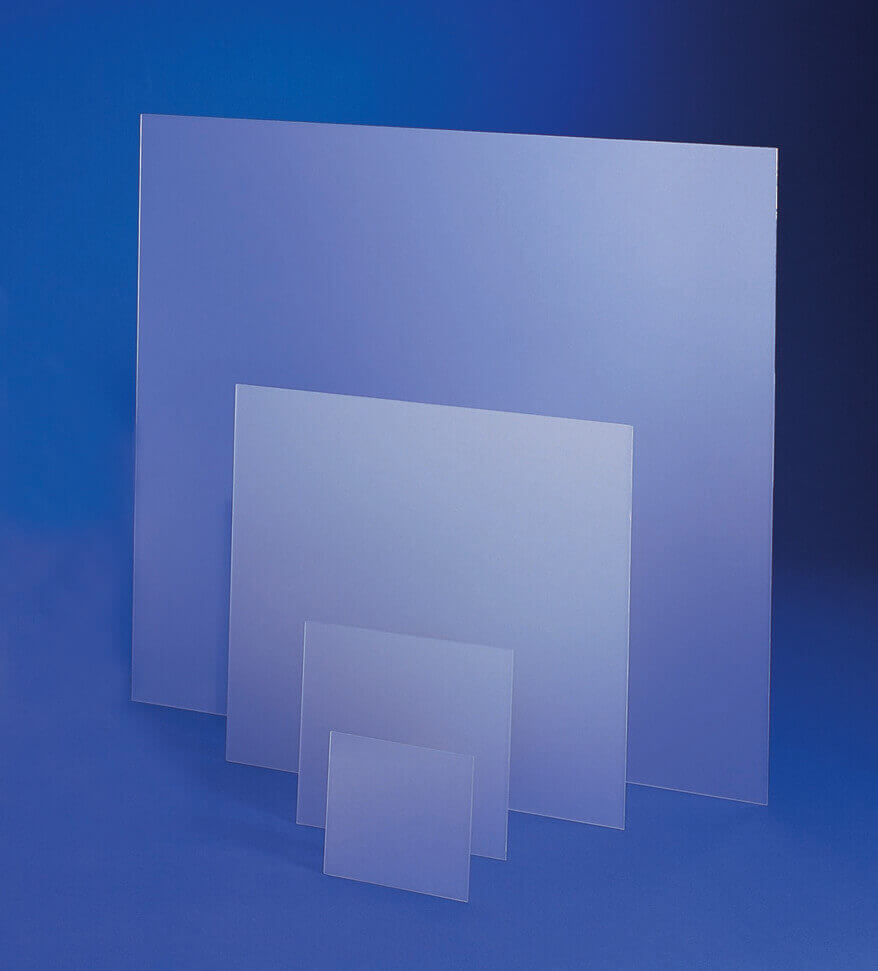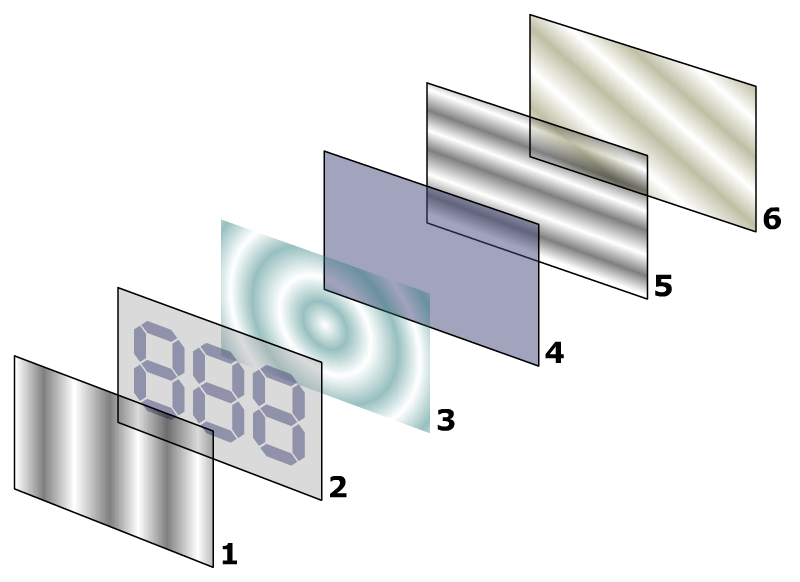Luminit Launches Display Brightness Film for LCD Displays
Blaze Display Technology Co., Ltd. | Updated: Nov 27, 2018
If you’re reading this article on a desktop or laptop computer, you’re probably staring at millions of pixels on a TFT LCD display. TFT became a dominant technology due to its picture quality and fast response times, but it’s not the only way to build an LCD. There are cheaper technologies, such as STN and its color variant, CSTN. They’re rarely used nowadays.

The screen in question came courtesy of a 20th century laptop., with a resolution of 640×480 pixels. Driver boards for CSTN screens were once readily available, however now such things are difficult to come by. Driving displays can be taxing for small microcontrollers, so an FPGA is always a great choice when working on such projects. They’re easily capable of generating whatever weird and wacky signals are required, and can generate many such signals in parallel without breaking a sweat.
TORRANCE, CA – Luminit LLC (Display Week booth 1633), a privately held high technology company specializing in advanced light management solutions, is introducing Display Brightness Film at this year’s Display Week in San Jose, CA. A highly specialized light-management film, Display Brightness Film (DBF) increases the brightness of LCDs used in automotive, avionics, medical and portable device applications.

Luminit’s Display Brightness Film is a prismatic structure embedded on a 250um thick polycarbonate substrate which has higher temperature durability when compared to polyester films. Using the principles of refraction and total internal reflection to recycle and redirect light, DBF manages the angular output from a back-light unit (BLU) and increases the brightness of a display. The standard version of DBF has a gloss finish on one side, and an optional diffuser can be added to the other side to reduce unwanted optical artifacts such as mura, sparkle and moiré.

Luminit Display Brightness Film is non-birefringent and when combined with a diffuser can reduce film stack assembly as well as result in power savings or improved thermal management.

